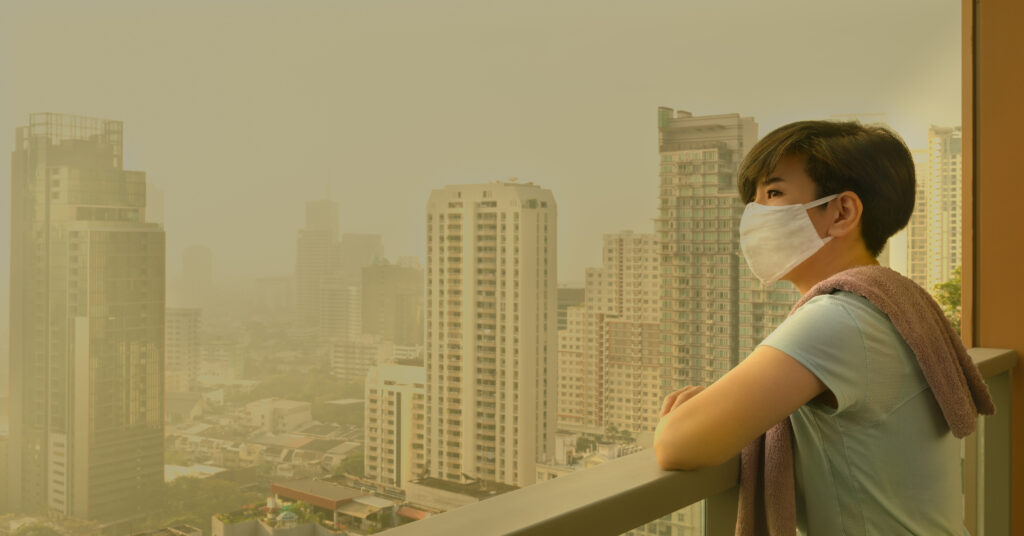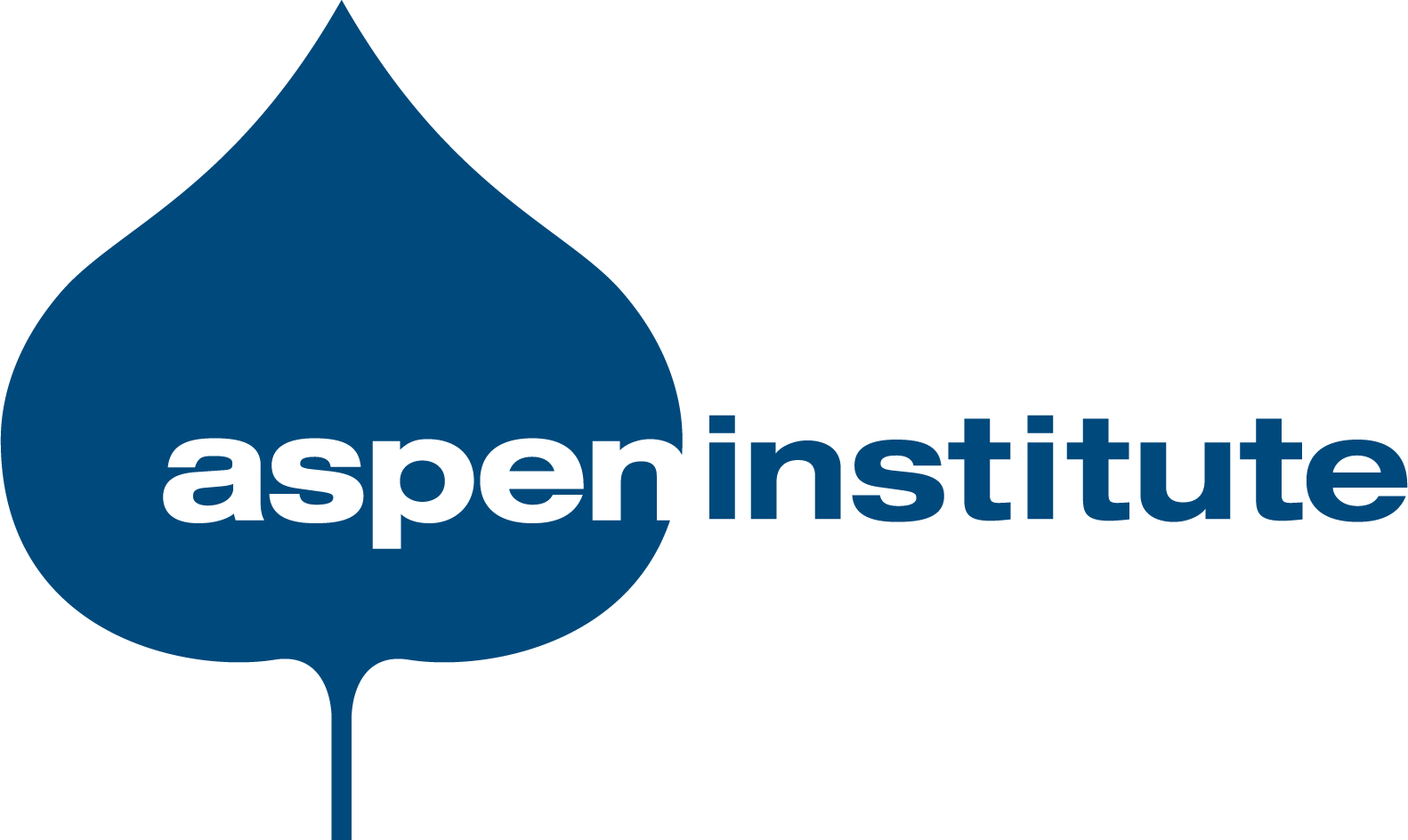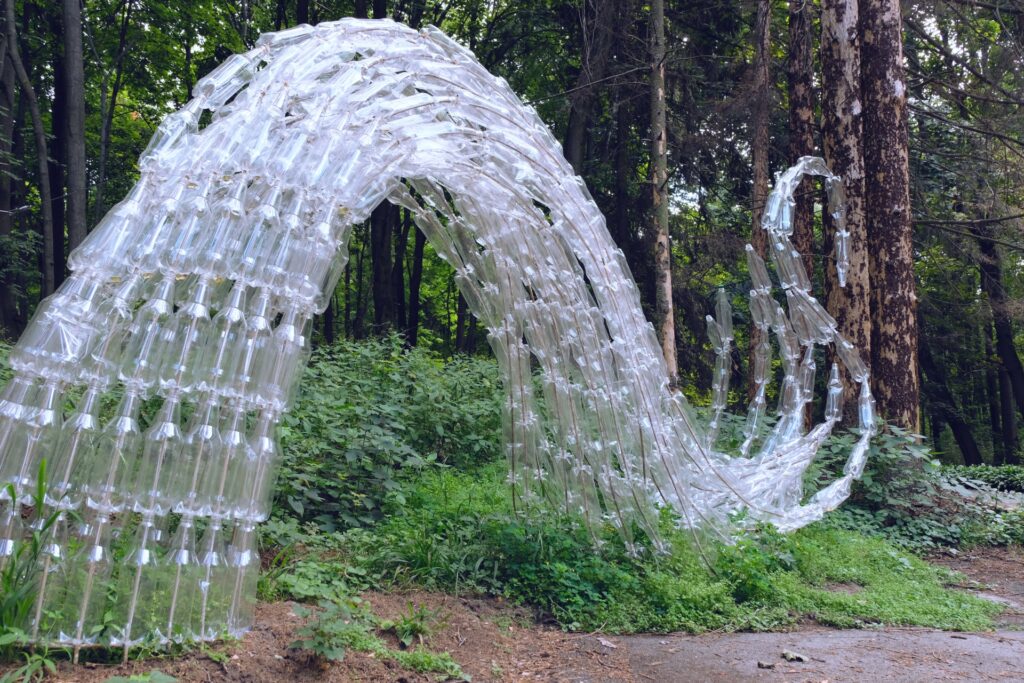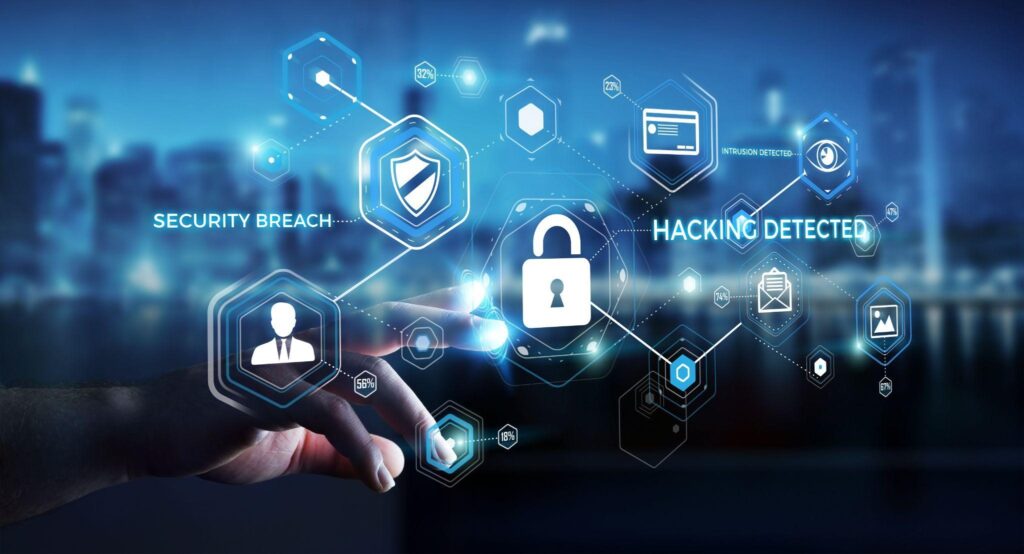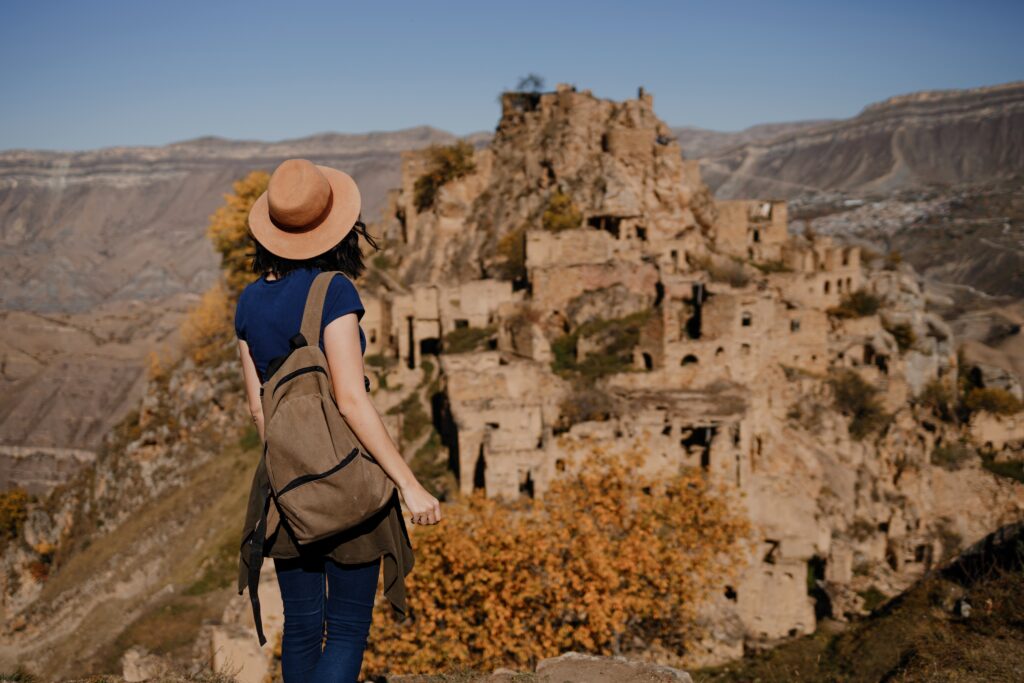
Overview
Our world is constantly changing; with the rise of severe natural disasters mainly due to climate change and our growing world population, we must explore ways to live in more extreme environments. What are these extremes and how can humans live there? How might we face the challenges of excessive heat, rising sea levels, or increased erosion due to torrential rain? What will it take to explore new avenues of living in space, living on different celestial bodies aside from our home planet, living in the deep sea, or in the middle of a desert? In this challenge, you will focus on one “extreme environment” and propose a comprehensive solution to sustain life there. Your team will be asked to consider how to reduce the effects of the “extreme environment” and must also consider society, ethics, and further impacts from your solution on earth.
Challenge
Design a comprehensive solution for living and thriving in a specific extreme environment.
Consider the following when designing your solution:
- What could be considered an extreme environment?
- What are the causes of these extreme environments?
- What are the environmental challenges and risks of the extreme environment you have chosen?
- How would your shelter, home, living environment address the issues that the extreme environment poses?
- Would your solution help address issues related to climate change? World population growth? Food deserts? Etc.
- How can you integrate Community Co-Design into your solution?
See the challenge course syllabus.
Success Evaluation Criteria
Solutions will be judged based on the following criteria:
- Innovation and Design Thinking: Is the design and approach unique and/or innovative? Does the design show a high degree of originality and imagination?
- Scientific Quality: Are the appropriate references and analytical methods used and are the insights derived correctly?
- Presentation Quality: Is this concept concisely and clearly explained? Are the findings/recommendations communicated clearly and persuasively?
- Commercial Viability/Potential: Does the solution have the potential to make a difference?
- Sustainability: What is the social impact on local communities? How does the solution incorporate positive environmental or social objectives? Is the solution in line with a sustainable or justice focused future?
- Teamwork and collaboration: Was the experience a collaborative endeavor? Was the knowledge gained from the experience reflected upon and tied back to a civic engagement mindset? (From Personal Reflections)
See the challenge rubric.
Winners
The winning team, Living in Extreme Heat (TAIU), had an innovative approach in designing a shelter or living system for living and thriving in a specific extreme environment.
Team members:
- Katelyn G. (Team Lead) (California, United States)
- Rishab S. (India)
- Adham M. (Egypt)
- Youssef I. (Egypt)
- Shravika S. (Virginia, United States)
- Mentor: Anavi Jain (Tennessee, United States)
Sponsor

